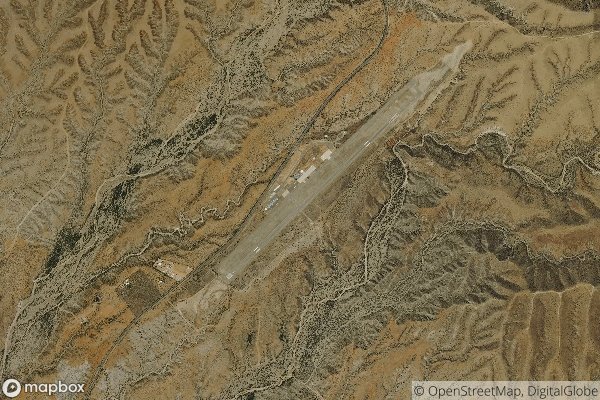| Code | AIN/PAWI |
| Location | Wainwright, Alaska |
| Major City Served | Wainwright |
| Distance from city center | N/A |
- See here the complete List Of All Airports In United States with Codes.
Understanding AIN/PAWI Airport Code (Structure of Airport Codes, Challenges and Confusions)
Airport codes are three-letter codes assigned to airports around the world, primarily used for flight planning and identification. These codes are crucial for pilots, air traffic controllers, and airlines to ensure safe and efficient air travel. The structure of airport codes is designed to provide specific identifiers for each airport, but it can sometimes lead to challenges and confusions, especially for travelers and those new to aviation.
Decoding Airport Code
When it comes to decoding airport codes, it’s important to understand how they are formed. The International Air Transport Association (IATA) assigns these codes and follows a specific structure. While some codes are intuitive and easy to decipher, others can be more cryptic. For example, the AIN/PAWI airport code refers to Wainwright Airport, located in Wainwright, Alaska.
Operational Significance
The AIN/PAWI airport code plays a significant role in aviation operations. It is used in flight schedules, reservations, boarding passes, baggage tags, and communication between pilots and air traffic control. Understanding and using the correct airport code is vital for ensuring safety and efficiency in air travel.
History of Airport Codes
The history of airport codes dates back to the 1930s when the two-letter system was introduced by the airline industry. As air travel expanded globally, the need for a more comprehensive coding system became apparent. This led to the development of the current three-letter codes, which provide unique identifiers for airports worldwide.
The use of airport codes has become ingrained in the aviation industry, and they are now a standard part of air travel. While they can sometimes be confusing, especially for those unfamiliar with the system, they are an essential tool for ensuring the smooth operation of flights and airport services.
In conclusion, understanding the structure and significance of airport codes, such as the AIN/PAWI code, is crucial for anyone involved in air travel. By decoding these codes and recognizing their operational significance, we can ensure the safety and efficiency of aviation operations around the world.

